Explore Spain’s vibrant culture, history, and breathtaking landscapes. Avoid cultural pitfalls and make the most of your trip with helpful tips and insights.
Welcome to my traveler’s guide to exploring the vibrant culture and history of Spain! From captivating festivals to breathtaking landmarks, Spain offers a montage of experiences that will immerse you in its rich heritage. Join me as I delve into flamenco rhythms, indulge in mouthwatering cuisine, and uncover the fascinating stories woven into Spain’s architectural marvels. Get ready for an unforgettable journey through this enchanting country. Don’t you just love adventure travel?
Spain is a country brimming with vibrant culture, where every step unveils a tapestry of history, art, music, and culinary delights. From the passionate rhythms of flamenco to the rich heritage of Moorish architecture, Spain offers a captivating experience for every traveler. In this guide, I will delve into different sections to help you navigate the cultural treasures of this enchanting country.
Content
- Introduction
- Discovering the Varied Landscapes of Spain: A Journey through its Geographical Marvels
- Unveiling Spain's Historical Tapestry: A Journey through Centuries
- Spain's Timeless Treasures: Exploring its Most Celebrated UNESCO World Heritage Sites
- Unlocking the Local Culture: Tips for Immersive Travel Experiences in Spain
- Unveiling 7 Unique Aspects of Spain
- Discovering the Fascinating Charms: Fun Facts about Spain
- Navigating Spain: Etiquette and Cultural No-No's – What Not to Do
- Pilgrim's Pathways: Embarking on the Camino de Santiago and Other Scenic Routes
Introduction
Festivals and Traditions:
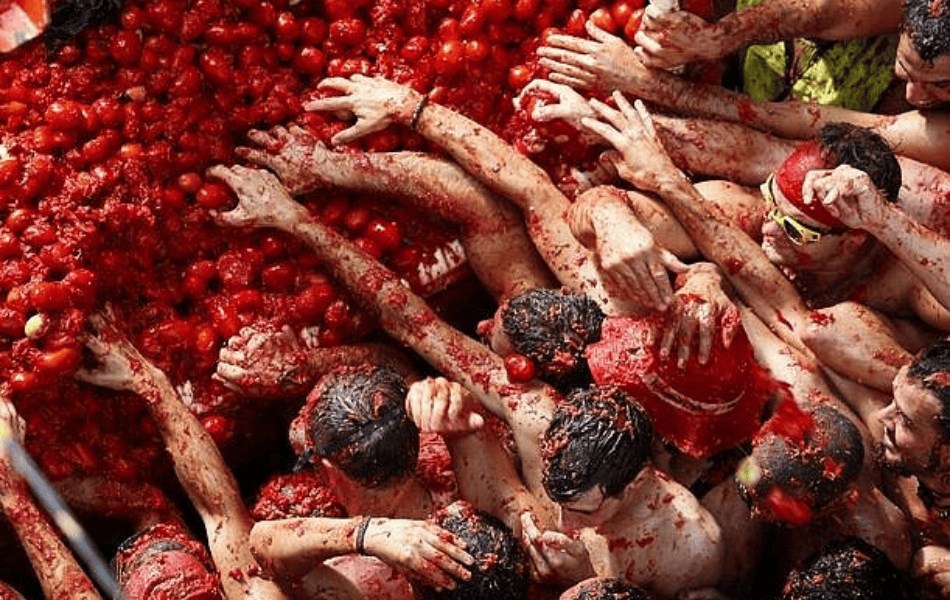
Spanish festivals are renowned worldwide for their exuberance and color. From the lively La Tomatina tomato-throwing festival in Buñol to the solemn Semana Santa processions in Seville, there’s a festival to suit every taste. Explore the unique traditions and immerse yourself in the contagious energy of Spanish celebrations.
Art and Architecture:
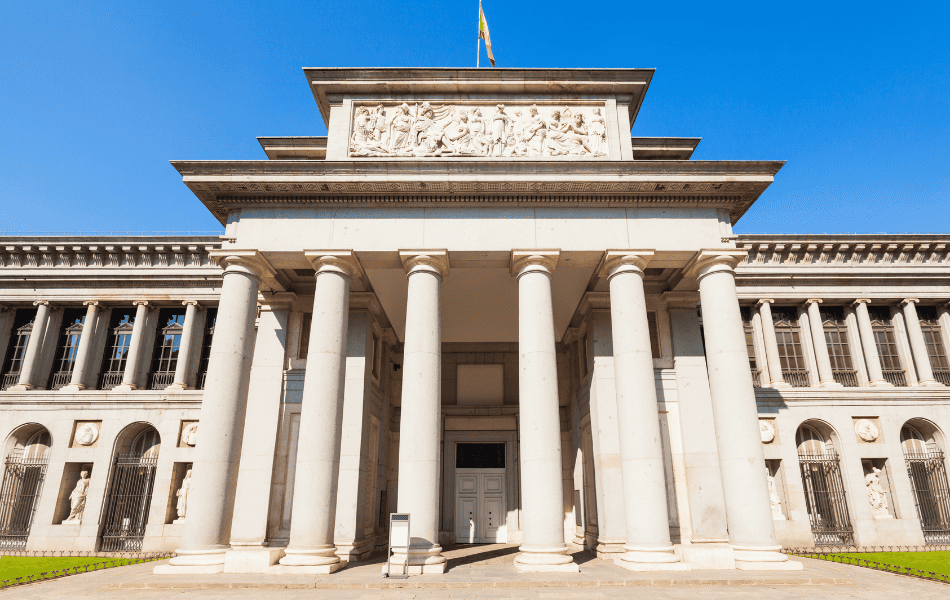
Spain boasts a remarkable legacy of art and architecture. Marvel at the grandeur of the Sagrada Familia in Barcelona, designed by the visionary Antoni Gaudí. Visit the Prado Museum in Madrid to admire masterpieces by Spanish masters such as Velázquez and Goya. Explore the Alhambra in Granada, a stunning example of Moorish architecture. Discover the works of renowned artists like Pablo Picasso and Salvador Dalí, who left an indelible mark on the art world.
Culinary Delights:

Spanish cuisine is a feast for the senses. Indulge in tapas, small plates bursting with flavor, and sample regional specialties like paella, gazpacho, and churros. Visit local markets to immerse yourself in the vibrant colors and aromas of fresh produce, or take part in a traditional cooking class to learn the secrets of authentic Spanish dishes.
Music and Dance:

Flamenco, the soul-stirring music and dance form, is synonymous with Spanish culture. Experience the raw emotions of a flamenco performance, where passionate guitar strums, soulful singing, and intense footwork come together in a powerful display of expression. Join a flamenco workshop to learn some moves (this is such fun) and truly connect with the spirit of this captivating art form.
Regional Diversity:

Spain’s regional diversity adds to its cultural richness. From the cosmopolitan vibes of Barcelona to the historic charm of Seville, each region has its own distinct character and traditions. Explore the picturesque streets of Toledo, wander through the narrow alleys of Granada’s Albayzín neighborhood, or relax on the sun-soaked beaches of the Costa del Sol. Embrace the uniqueness of each region and uncover the hidden gems that make Spain so captivating.
“White Villages” (Pueblos Blancos)

Nestled in the hills of Andalusia, Spain’s “White Villages” (Pueblos Blancos) are renowned for their charming whitewashed architecture, offering a picturesque glimpse into the country’s rich cultural and historical tapestry.
The tradition of whitewashing the villages in Andalusia, Spain, dates back to the Moorish period when it was believed to repel insects and regulate indoor temperatures. This practice became widespread in the 19th century, creating the iconic “White Villages” we marvel at today.
Spain’s vibrant culture beckons travelers with its rich traditions, artistic heritage, culinary delights, and regional diversity. Immerse yourself in the dynamic tapestry of Spanish culture, and you’ll discover a country that will leave an indelible mark on your heart and mind. ¡Viva España!
Discovering the Varied Landscapes of Spain: A Journey through its Geographical Marvels
Spain’s geography is as diverse as it is captivating, offering a remarkable range of landscapes that leave visitors in awe. Located on the Iberian Peninsula, Spain is surrounded by the Atlantic Ocean and the Mediterranean Sea, shaping its extensive coastline that stretches for over 4,900 kilometers.
Inland:
Inland, the country is marked by stunning mountain ranges such as the Pyrenees, the Sierra Nevada, and the Picos de Europa.
Central Plateau
The central plateau, known as the Meseta, dominates the heart of Spain, while lush green valleys, fertile plains, and rolling hills add to the scenic tapestry. From golden beaches to towering peaks, Spain’s geography is a playground for nature enthusiasts and adventurers alike.
Rivers:
Spain is home to several famous rivers. Some of the notable rivers in Spain include the Tagus (Tajo), which is the longest river on the Iberian Peninsula; the Ebro, the most voluminous river in Spain; the Guadalquivir, which flows through Andalusia and is navigable for a significant portion; the Duero, known for its picturesque landscapes and vineyards; and the Guadalquivir, which runs through the city of Seville and has historical significance. These rivers not only contribute to Spain’s natural beauty but also play a crucial role in the country’s history, culture, and economy.
Islands:
Spain has a total of several islands, including the Balearic Islands, the Canary Islands, and other smaller islands. The Balearic Islands are an archipelago in the western Mediterranean Sea and consist of four main islands: Mallorca, Menorca, Ibiza, and Formentera. I am an avid island chaser and if you are too, read my article on Why Visit Different Islands.
The Canary Islands are located off the northwest coast of Africa and comprise seven main islands: Tenerife, Fuerteventura, Gran Canaria, Lanzarote, La Palma, La Gomera, and El Hierro. Additionally, there are other smaller islands and islets scattered along the coast of Spain. In total, Spain’s islands contribute to its diverse geography and offer various unique destinations for travelers to explore.
Unveiling Spain’s Historical Tapestry: A Journey through Centuries
The History of Spain can be divided into distinct eras that have shaped its culture, politics, and identity. From ancient civilizations to medieval kingdoms, and from a powerful empire to a modern democratic nation, Spain’s history is a fascinating journey through time.
Ancient and Roman Era (Pre-5th Century CE):
The Iberian Peninsula, where Spain is located, was inhabited by various ancient civilizations. Phoenicians, Greeks, and Carthaginians left their mark on the region. However, it was the Romans who established a significant presence, beginning in the 2nd century BCE. They founded cities like Hispalis (Seville) and Tarraco (Tarragona), constructing impressive infrastructure and bringing Latin culture to the region.
Medieval Spain (5th – 15th Century):
The fall of the Western Roman Empire marked the beginning of the medieval period in Spain. Visigoths established a kingdom, followed by the arrival of the Moors from North Africa in 711 CE. The Moors established the Umayyad Caliphate and ruled over much of the Iberian Peninsula for several centuries. This period witnessed great cultural and scientific advancements in fields like architecture, medicine, and agriculture.
Reconquista and the Spanish Empire (15th – 18th Century):
The Reconquista, a long process of Christian kingdoms reconquering Muslim territories, concluded in 1492 when the last Moorish stronghold of Granada fell to the Catholic Monarchs, Ferdinand and Isabella. This marked the beginning of Spain’s golden age, characterized by exploration and conquest. Spanish explorers, such as Christopher Columbus, embarked on voyages that expanded Spain’s influence worldwide, leading to the establishment of a vast colonial empire in the Americas, Asia, and Africa.
Enlightenment and Modern Spain (18th Century – Present):
The 18th century brought intellectual and political changes to Spain, influenced by the Enlightenment. However, the country faced political instability, including the Napoleonic invasion and subsequent war for independence. The 19th century saw the rise of liberal and conservative factions, leading to political unrest and several changes in governance.
The 20th century witnessed significant upheavals, including the Spanish Civil War (1936-1939), which resulted in the dictatorship of General Francisco Franco. Franco’s regime lasted until his death in 1975, after which Spain transitioned into a constitutional monarchy and embarked on a path toward democracy and modernization.
Today, Spain stands as a thriving European nation, known for its lively culture, diverse regional identities, and popular tourist destinations. Its history serves as a foundation for its contemporary society, reflecting the resilience and spirit of its people.
Spain’s Timeless Treasures: Exploring its Most Celebrated UNESCO World Heritage Sites
Alhambra, Generalife, and Albayzín – Granada:
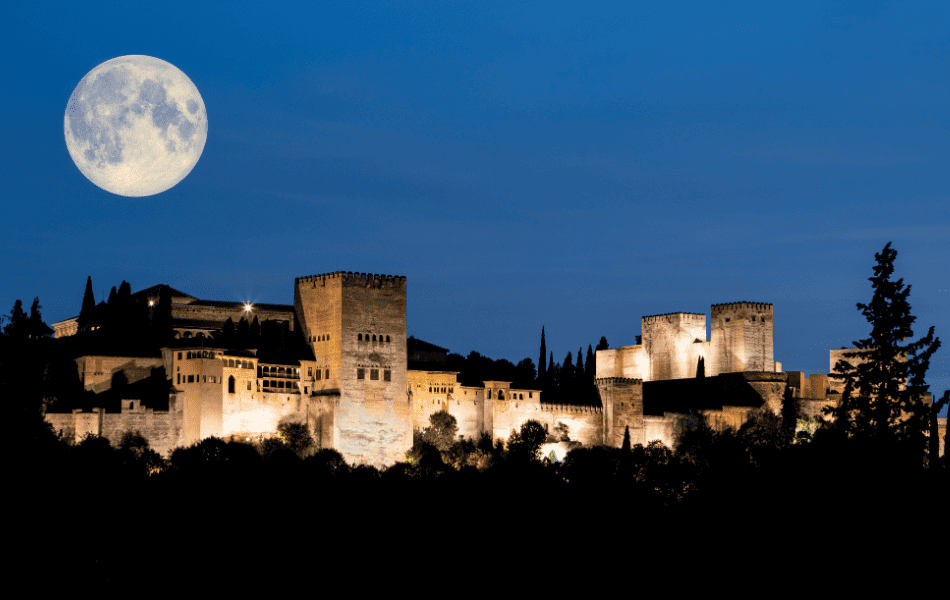
Nestled in the heart of Granada, the Alhambra is a breathtaking fortress-palace complex that showcases the splendor of Islamic art and architecture. Explore the intricate Nasrid Palaces, stroll through the serene Generalife gardens, and wander the narrow streets of the Albayzín neighborhood to experience the essence of Moorish Spain.
Sagrada Familia – Barcelona:
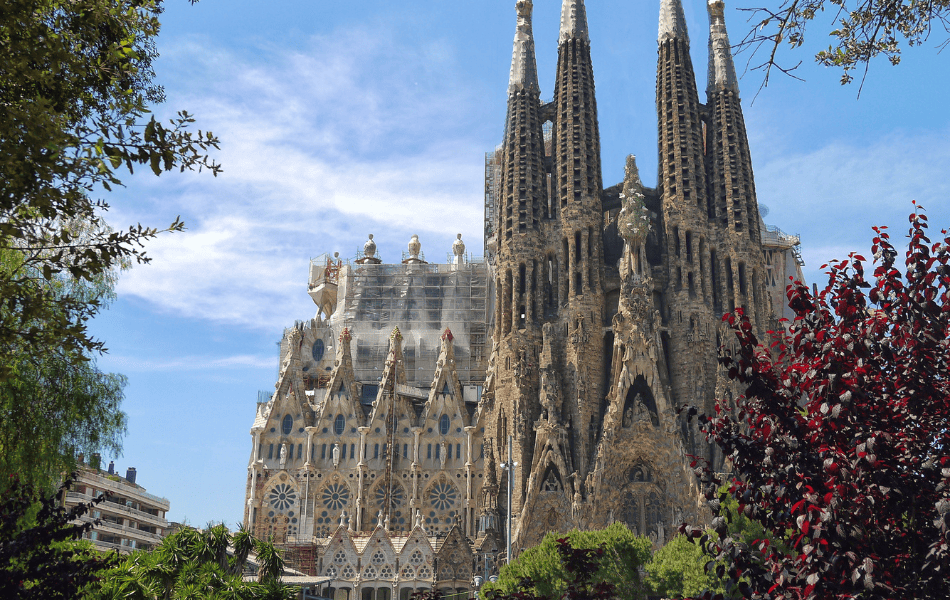
Antoni Gaudí’s masterpiece, the Sagrada Familia, is an awe-inspiring basilica that continues to captivate visitors. With its intricate facades, towering spires, and mesmerizing stained glass windows, this UNESCO site is a testament to Gaudí’s visionary genius and Catalonia’s architectural legacy.
Historic City of Toledo:
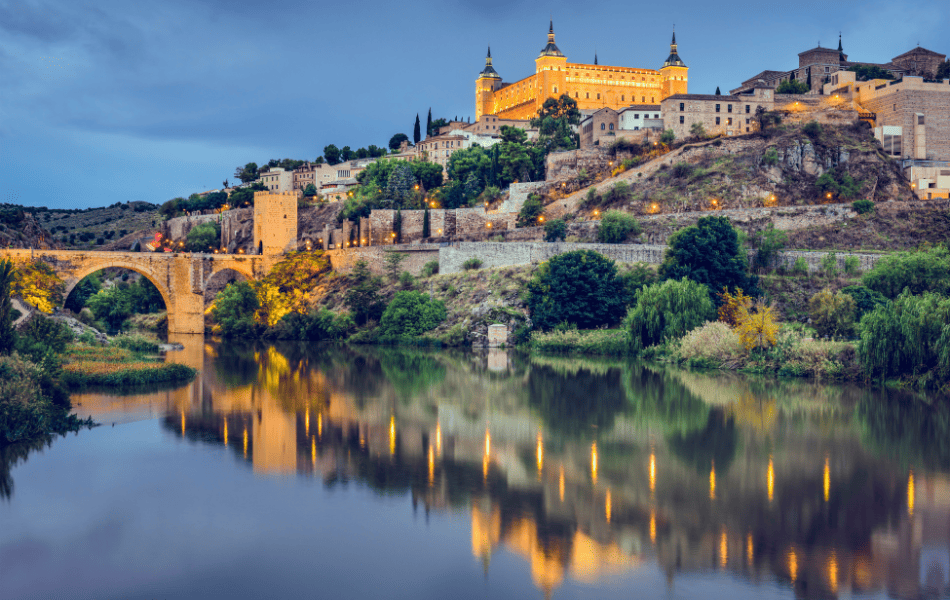
Step into the medieval charm of Toledo, a city known for its multicultural heritage. Walk through its labyrinthine streets, visit the stunning Gothic Cathedral, explore the Alcázar fortress, and admire the intricate craftsmanship of the Synagogue of Santa María la Blanca. Toledo’s rich history and architectural treasures make it a must-visit destination.
Historic Center of Cordoba:
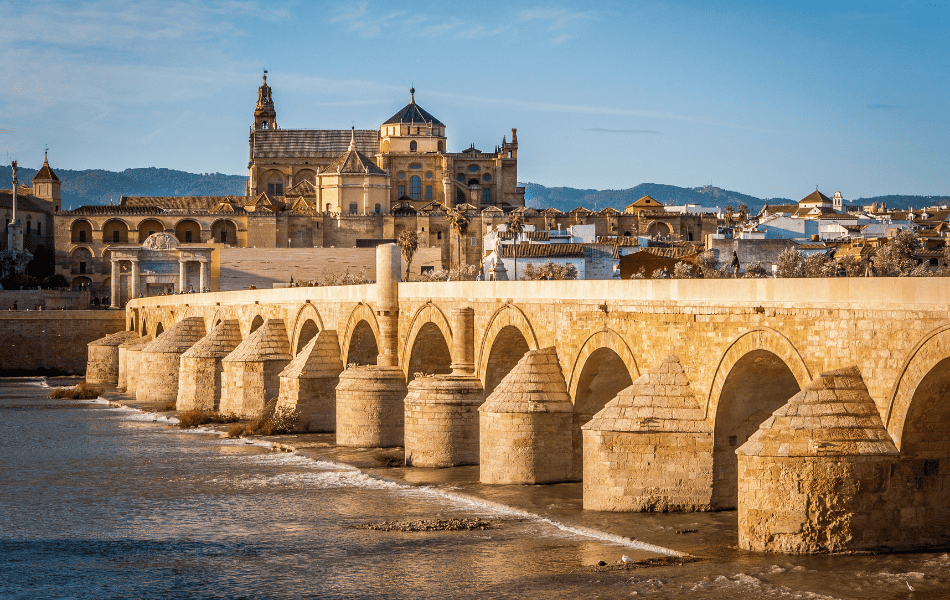
Immerse yourself in the legacy of Al-Andalus as you wander through the historic center of Cordoba. The centerpiece is the iconic Mezquita, a grand mosque-turned-cathedral, where you can marvel at the mesmerizing horseshoe arches and the ornate Renaissance cathedral within.
Works of Antoni Gaudí – Barcelona:
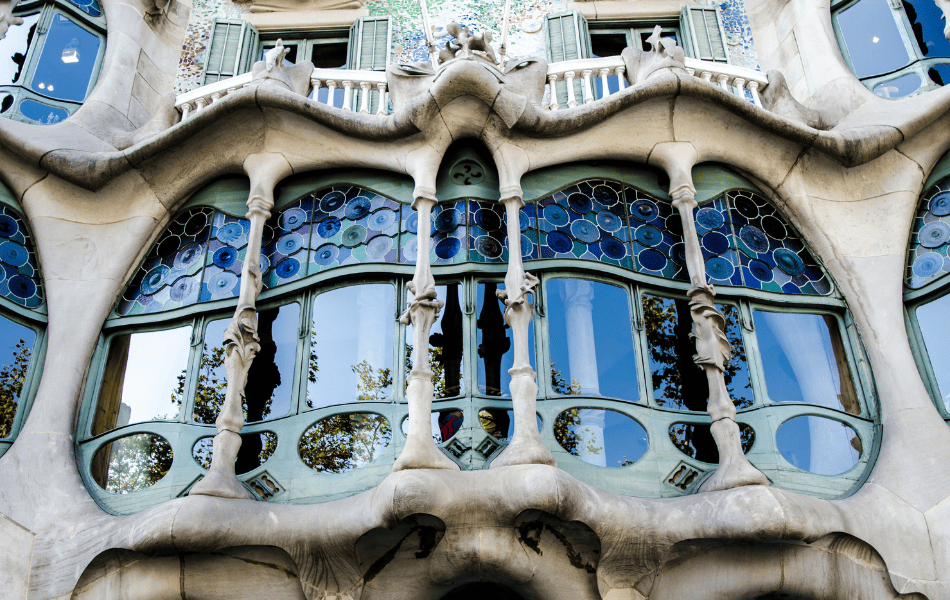
Beyond the Sagrada Familia, Barcelona is home to several other Gaudí masterpieces. Explore the whimsical Park Güell with its colorful mosaic work, visit Casa Batlló with its undulating façade, and marvel at the curvaceous Casa Milà. Each site showcases Gaudí’s unique style and imaginative approach to architecture.
Historic City of Salamanca:
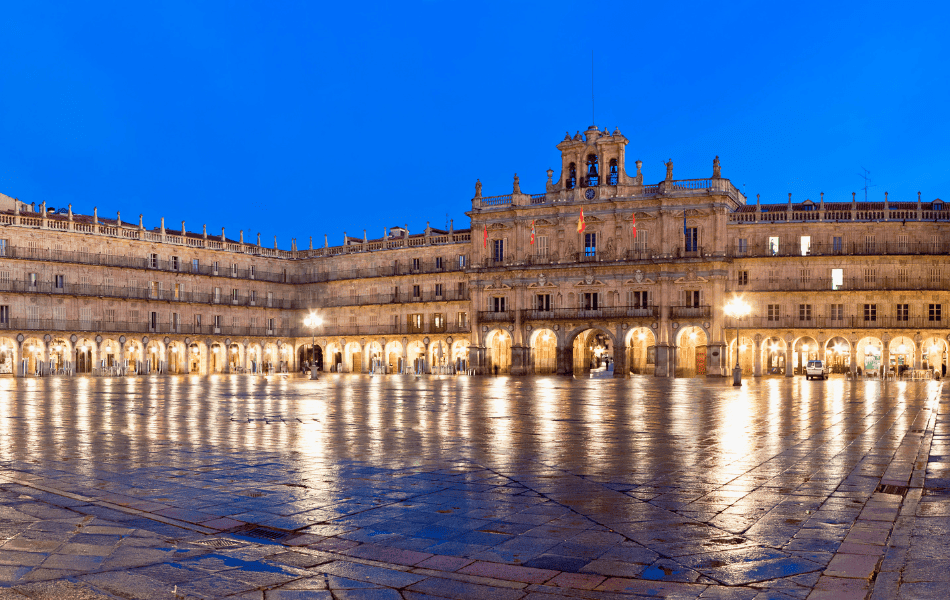
Salamanca, with its prestigious university and rich architectural heritage, is a UNESCO gem. Discover the grandeur of the Plaza Mayor, admire the intricately carved façades of the University of Salamanca, and explore the Old Cathedral and New Cathedral, both displaying remarkable Gothic and Renaissance elements.
Teide National Park – Canary Islands:
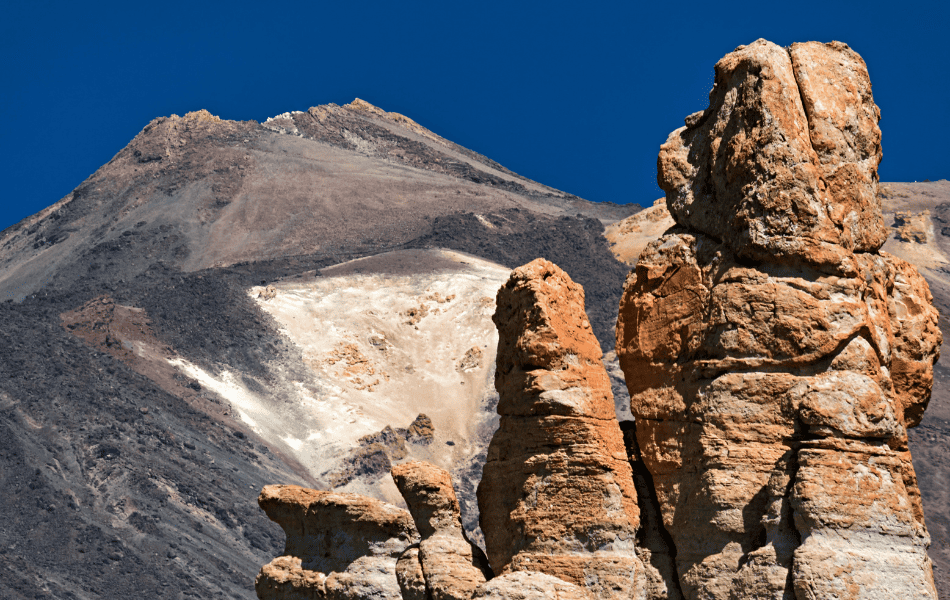
Located on the island of Tenerife, Teide National Park is a volcanic wonderland that boasts Spain’s highest peak, Mount Teide. Ascend the mountain by cable car for awe-inspiring views, hike through lunar-like landscapes, and witness the contrast of vibrant flora against the volcanic terrain.
| Note: Spain has a total of 48 UNESCO World Heritage sites, encompassing diverse cultural, natural, and architectural treasures. These seven sites represent a small selection of the country’s remarkable UNESCO-listed destinations, each offering a unique and unforgettable experience for tourists. |
Unlocking the Local Culture: Tips for Immersive Travel Experiences in Spain
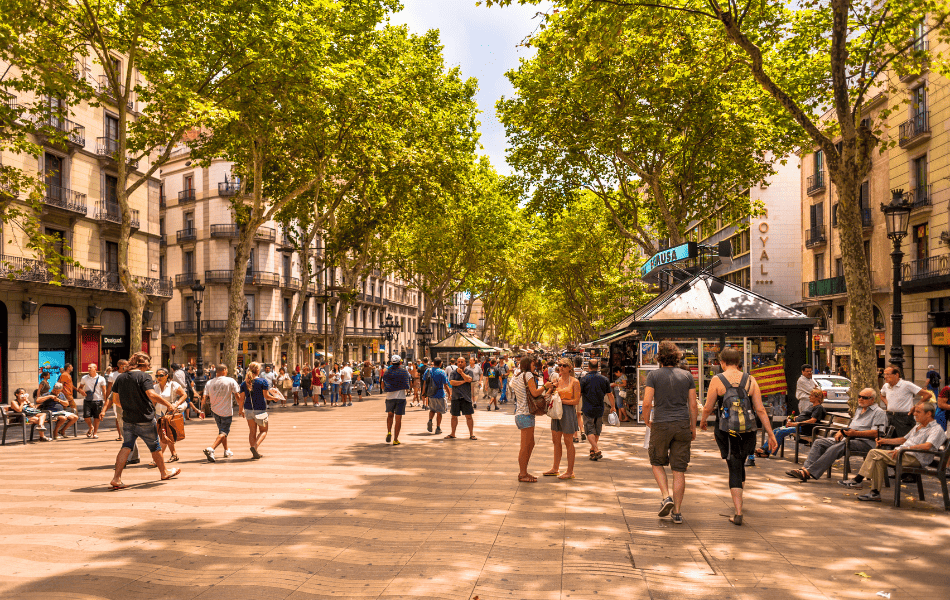
- Learn the Language: One of the best ways to connect with locals is by learning a few basic phrases in Spanish. Even if you’re not fluent, making an effort to communicate in the local language shows respect and can lead to more meaningful interactions.
- Explore Local Neighborhoods: Venture beyond the tourist hotspots and explore the local neighborhoods. Take leisurely walks through residential areas, visit local markets, and frequent neighborhood cafes and restaurants. These places provide opportunities to observe everyday life and interact with locals in a more authentic setting.
- Participate in Festivals and Celebrations: Spain is known for its lively festivals and celebrations. Join in the festivities by attending local events and experiencing traditional customs. From street parades to cultural performances, these occasions offer a chance to engage with locals, learn about their traditions, and create lasting memories. Do the non-touristy thing!
- Join Guided Tours or Experiences with Locals: Consider joining guided tours or experiences led by locals who can provide insights into the culture and history of the region. These tours may include food tastings, craft workshops, or walking tours that offer a deeper understanding of the local way of life.
- Respect Local Customs and Etiquette: Be mindful of local customs and etiquette to show respect for the culture. This includes dressing appropriately, adhering to mealtime customs, and being aware of social norms. Observing these practices will help you blend in and create a positive impression among the locals.
- Strike up Conversations: Don’t hesitate to strike up conversations with locals. Whether it’s at a cafe, a park, or a local event, initiating friendly conversations can lead to interesting exchanges and cultural insights. Ask for recommendations, share your travel experiences, and show genuine interest in their lives.
- Try Local Cuisine: Food is an integral part of Spanish culture, and trying local cuisine is a delightful way to connect with the culture. Explore local markets, try traditional dishes, and seek out authentic food experiences. Engage with restaurant owners and street food vendors, and they may share stories and recommendations that go beyond the culinary experience.
Remember, the key to interacting with locals is to approach them with an open mind, genuine curiosity, and respect for their culture. By immersing yourself in the local customs, traditions, and everyday life, you’ll create meaningful connections and have a richer experience while exploring the beauty of Spain.
Unveiling 7 Unique Aspects of Spain
1. Social Nudity on the Beaches
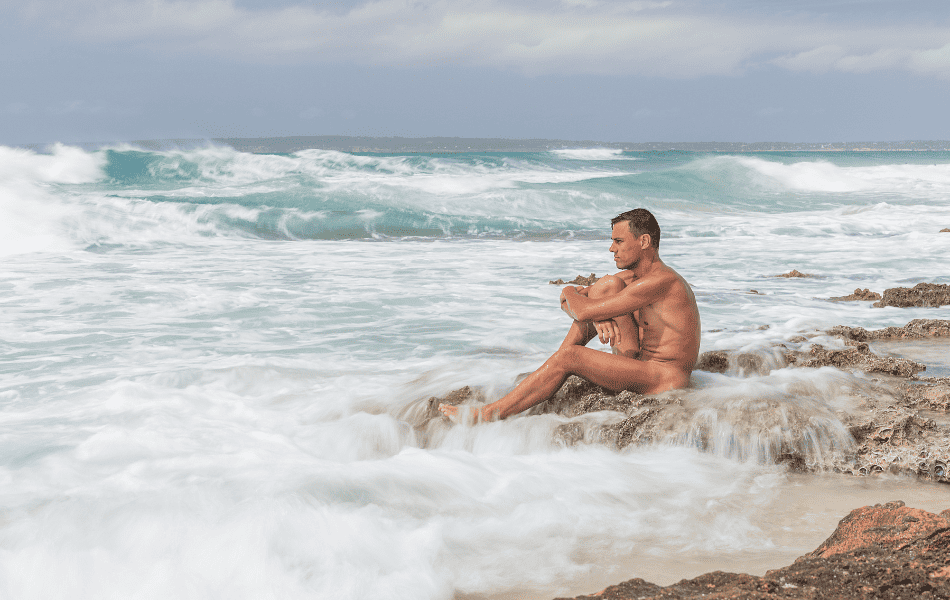
Some beaches, particularly in designated areas or nudist resorts, allow nudity. This practice is legally accepted and widely embraced by those who enjoy the freedom and natural experience it offers. Nudity on these beaches is seen as a personal choice and is generally respected as part of the relaxed and open-minded beach culture in certain regions of Spain.
2. The Spanish Anthem
The Spanish national anthem, known as “Marcha Real” or “Royal March,” is one of the few national anthems in the world without any official lyrics. Composed in the 18th century, it is a powerful instrumental piece that is often played during official ceremonies and sporting events, evoking a sense of national pride among the Spanish people.
3. Tooth Mouse

Instead of the Tooth Fairy, children have the tradition of the “Ratoncito Pérez” or the Tooth Mouse. According to folklore, when a child loses a tooth, they place it under their pillow at night, and the Tooth Mouse comes to collect it, leaving a small gift or money in its place. It is a cherished tradition that adds a touch of magic to a child’s experience of losing a tooth.
4. Spanish Monarchy
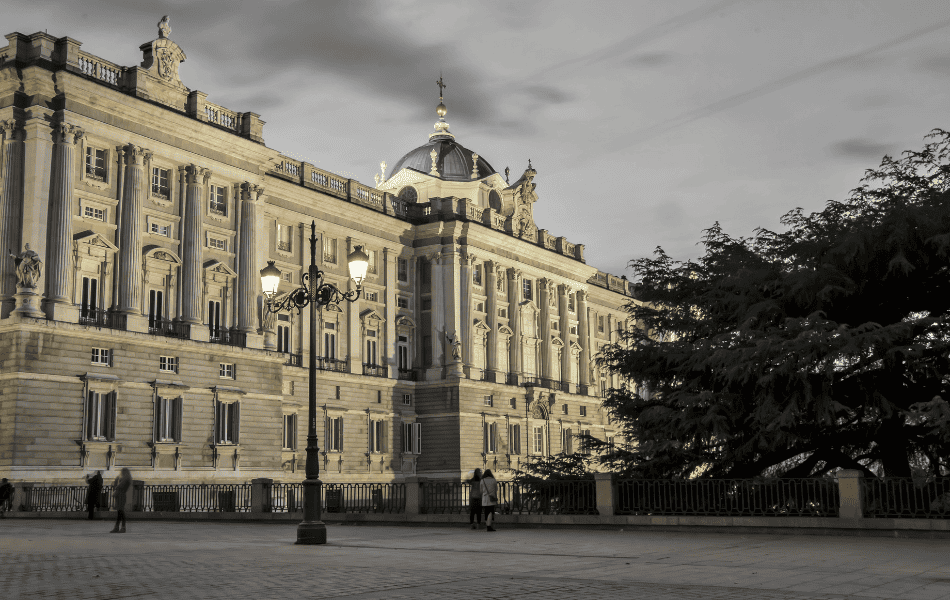
The Spanish monarchy is a constitutional monarchy, with King Felipe VI as the current reigning monarch. The monarchy plays a symbolic role in Spain’s political system, representing continuity and unity. The king’s duties include representing the country internationally, acting as a symbol of national identity, and providing stability in times of crisis.
5. The Lottery
Known as “Lotería Nacional,” is deeply ingrained in Spanish culture and holds a special place in the hearts of Spaniards. The most famous lottery draw is the “El Gordo” (The Fat One), which takes place annually before Christmas and offers massive prize pools. It is a highly anticipated event that brings excitement and joy to countless participants across the country.
6. The Main Religion

Spain is historically known for its strong Catholic influence, with Roman Catholicism being the dominant religion. However, in recent years, Spain has become more diverse in terms of religious beliefs, with a growing number of people identifying as non-religious or following other faiths such as Islam, Protestantism, and Judaism. Religious freedom is protected by law, allowing individuals to practice their chosen religion freely.
7. Rate of Marriage and Divorce
The rate of marriage has experienced a decline over the past few decades. Factors such as changing societal norms, economic considerations, and an increase in cohabitation have contributed to this trend. Many couples choose to live together without getting married or opt for civil partnerships instead.
Regarding divorce, Spain has seen a significant increase in the divorce rate since the introduction of the divorce law in 1981. This legislation made it easier for couples to dissolve their marriages, leading to a rise in divorce rates. Divorce is now a relatively common occurrence, reflecting the changing dynamics of relationships and societal attitudes toward marriage and family structures in Spain.
Discovering the Fascinating Charms: Fun Facts about Spain
- Siesta Culture: Spain is known for its siesta culture, where a mid-afternoon break is taken to rest and recharge before continuing with the day’s activities. This tradition originated due to the country’s warm climate and is still followed by many Spaniards today.
- Running of the Bulls: The Running of the Bulls, known as the San Fermín festival, takes place in Pamplona. It involves a thrilling dash through the streets with participants running ahead of charging bulls. This tradition dates back centuries and is now a popular and adrenaline-fueled event for both locals and tourists. (I would not advise you to partake in this)
- World’s Second-Largest Producer of Wine: Spain is the world’s second-largest wine producer, renowned for its high-quality wines. From the robust reds of Rioja to the sparkling cava of Catalonia, Spain’s diverse wine regions offer a rich variety of flavors to please any wine enthusiast.
- Moorish Influence: Spain was ruled by the Moors, Muslim inhabitants from North Africa, for several centuries. This influence is evident in the country’s architecture, such as the magnificent Alhambra in Granada and the Great Mosque of Cordoba, which beautifully blend Islamic and European styles.
- The Running Man: Spain is the birthplace of the legendary artist Salvador Dalí, known for his surreal and imaginative works. His unique artistic style and eccentric personality have made him an iconic figure in the art world.
- Mediterranean Beaches: Spain boasts some of the most stunning Mediterranean beaches, attracting sun-seeking tourists from all over the globe. From the golden sands of Costa del Sol to the crystal-clear waters of the Balearic Islands, Spain offers an array of coastal paradises to relax and unwind.
- Gaudí’s Unfinished Masterpiece: Antoni Gaudí’s masterpiece, the Sagrada Familia in Barcelona, is still under construction, despite work beginning in 1882. This unique architectural marvel, with its intricate facades and towering spires, continues to captivate visitors as they witness its ongoing transformation.
- Birthplace of Pablo Picasso: The renowned artist Pablo Picasso was born in the city of Malaga, Spain. His contributions to the world of art, including his pioneering role in the development of Cubism, have left an indelible mark on the art world.
- Olive Oil Production: Spain is the largest producer of olive oil in the world, known for its high-quality extra virgin olive oil. Spaniards have mastered the art of olive cultivation and olive oil extraction, resulting in an essential ingredient in their flavorful cuisine.
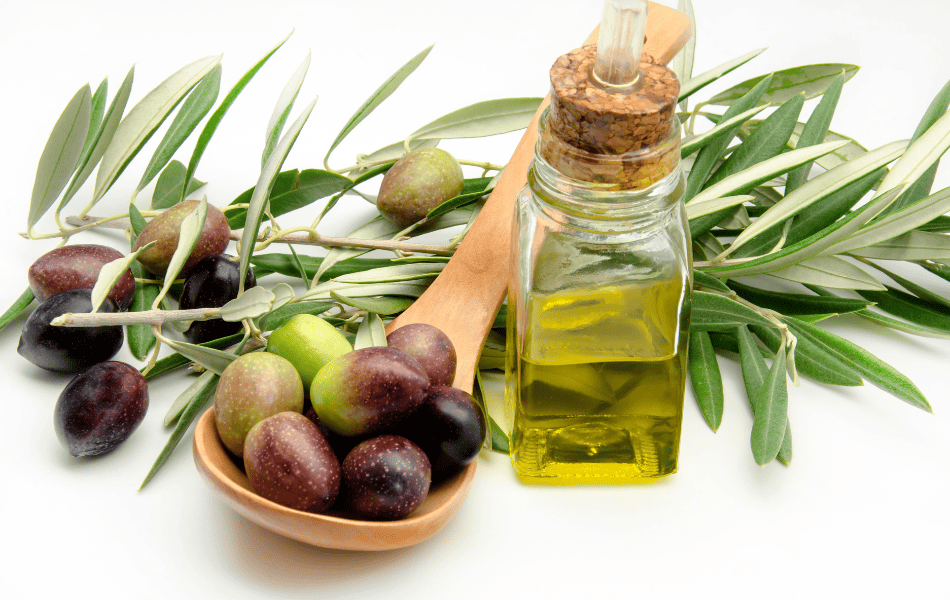
- La Sagrada Familia Construction Time: The construction of the iconic Sagrada Familia in Barcelona has been ongoing for over 140 years. It is expected to be completed in 2026, making it one of the longest-running construction projects in history.
- Holy Week Processions: During Semana Santa (Holy Week), cities and towns across Spain come alive with processions depicting the Passion of Christ. These solemn and elaborate events attract both locals and tourists, offering a unique insight into Spain’s religious traditions.
- Royal Palace in Madrid: The Royal Palace in Madrid is the largest functioning royal palace in Europe. It boasts a stunning interior with over 3,000 rooms, including lavish ballrooms, art collections, and historical artifacts.
- Famous Spanish Artists: Spain has produced some of the world’s most celebrated artists, including renowned painters such as Francisco Goya, Diego Velázquez, and Joan Miró. Their artistic contributions have left an enduring impact on the world of art.
- The Canary Islands Microclimate: The Canary Islands, located off the northwest coast of Africa, enjoy a unique microclimate characterized by mild temperatures year-round. This makes them an ideal destination for sun-seekers looking to escape cold winters or enjoy a beach vacation at any time of the year.
Navigating Spain: Etiquette and Cultural No-No’s – What Not to Do
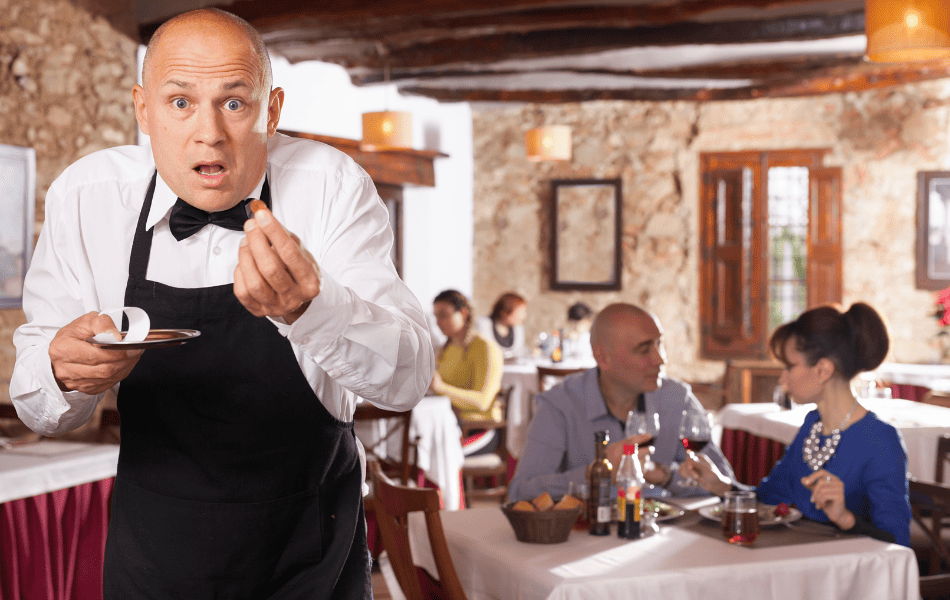
- Avoid Excessive Tipping: Unlike in some countries, tipping is not obligatory or expected in Spain. While rounding up the bill or leaving a small amount as a gesture of appreciation is fine, tipping excessively may be seen as unusual or unnecessary.
- Don’t Rush Meal Times: Spaniards typically have a relaxed approach to dining, with meals often lasting longer than in other cultures. Avoid rushing through your meal or expecting speedy service. Embrace the leisurely pace, savor your food, and enjoy the company.
- Avoid Offense during Siesta Time: Siesta, the mid-afternoon break, is an important part of Spanish culture. Be mindful of noise levels and avoid engaging in activities that may disturb the peace and quiet during siesta hours, typically between 2 pm and 5 pm.
- Don’t Ignore Local Customs and Etiquette: Show respect for Spanish customs and etiquette. Avoid loud or boisterous behavior in public places, dress modestly when visiting religious sites, and greet people with a handshake or kiss on both cheeks, depending on the region.
- Avoid Scheduling Meetings during August: August is a popular vacation month in Spain, and many businesses and offices may operate on reduced hours or even close for the entire month. It’s best to plan meetings and important appointments outside of August to ensure better availability.
- Don’t Assume Everyone Speaks English: While English is widely understood in tourist areas, don’t assume that everyone you encounter will speak English fluently. Make an effort to learn a few basic phrases in Spanish or use a translation app to facilitate communication.
- Avoid Overpacking: Spain has a moderate climate, and even in summer, the weather may not be scorching hot everywhere. Avoid overpacking by checking the weather forecast for your specific destination and packing accordingly. Opt for lightweight and versatile clothing items to ensure comfort during your travels.
Pilgrim’s Pathways: Embarking on the Camino de Santiago and Other Scenic Routes
| Preparing for hiking before visiting Spain is essential to fully enjoy and appreciate the country’s breathtaking landscapes, challenging terrains, and rewarding outdoor experiences. Read my article on Hiking Beginner Tips for Seniors: Crucial points to know |
Camino de Santiago
The famous walk in Spain is the Camino de Santiago, also known as the Way of St. James. It is a pilgrimage route that has been followed by millions of people for centuries. The most popular route, the Camino Francés, starts in the French Pyrenees and stretches across northern Spain to the city of Santiago de Compostela. This pilgrimage offers a transformative experience, allowing walkers to immerse themselves in nature, visit historic sites, interact with fellow pilgrims, and connect with the spiritual traditions and cultural heritage of the region.
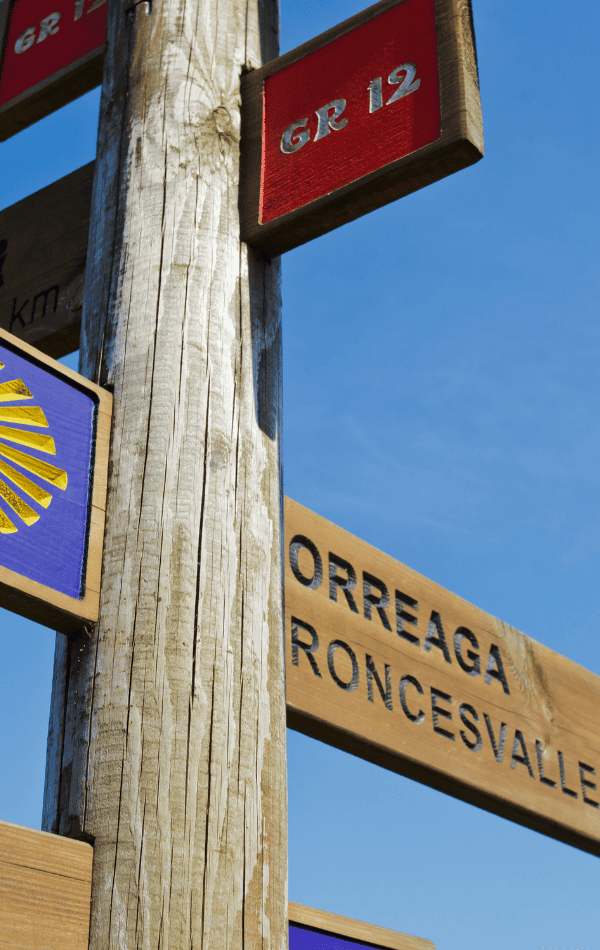
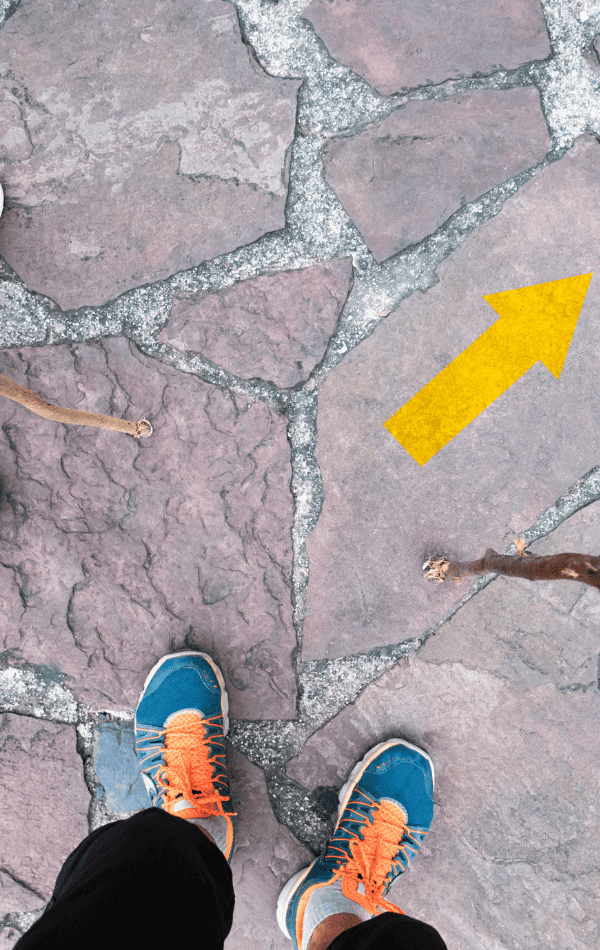
Length of The Camino de Santiago
It has different routes of varying lengths. The most popular route, the Camino Francés, stretches approximately 780 kilometers (485 miles) from St. Jean Pied de Port in France to Santiago de Compostela in northwest Spain. The length of the journey can vary depending on the starting point and any detours taken along the way. Other routes, such as the Camino del Norte, Camino Primitivo, and Camino Portugués, have different distances ranging from around 600 to 1,200 kilometers (370 to 750 miles).
Recommended hiking or walking boots are SKETCHES. I will never buy another make again after using these. Such comfort and a wonderful fit!
“Spain is a fascinating mix of people, languages, culture, and food, and I think that combination is what makes it so special.”
– Penélope Cruz
Further exploration: Barcelona’s Best-Hidden Gems for an Authentic Experience
Recent Posts
Discover insider tips to find cheap flights from the UK, save on easyJet, Ryanair & BA, and score the best weekend and last-minute deals. Why You’re Paying Too Much for Flights Most UK...
Discover the sounds of travel, from laughing kookaburras to market chatter, church bells to ocean waves - a journey heard as much as seen. It always starts with a sound. The other day, walking...

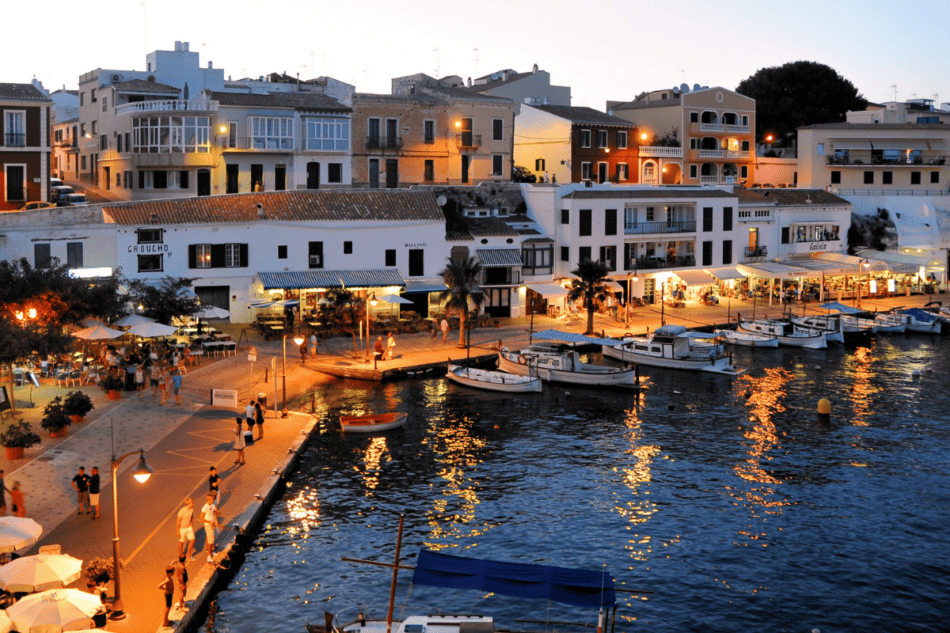
One thought on “Discover Spain’s Rich Culture and History: With Insider Tips”
Comments are closed.